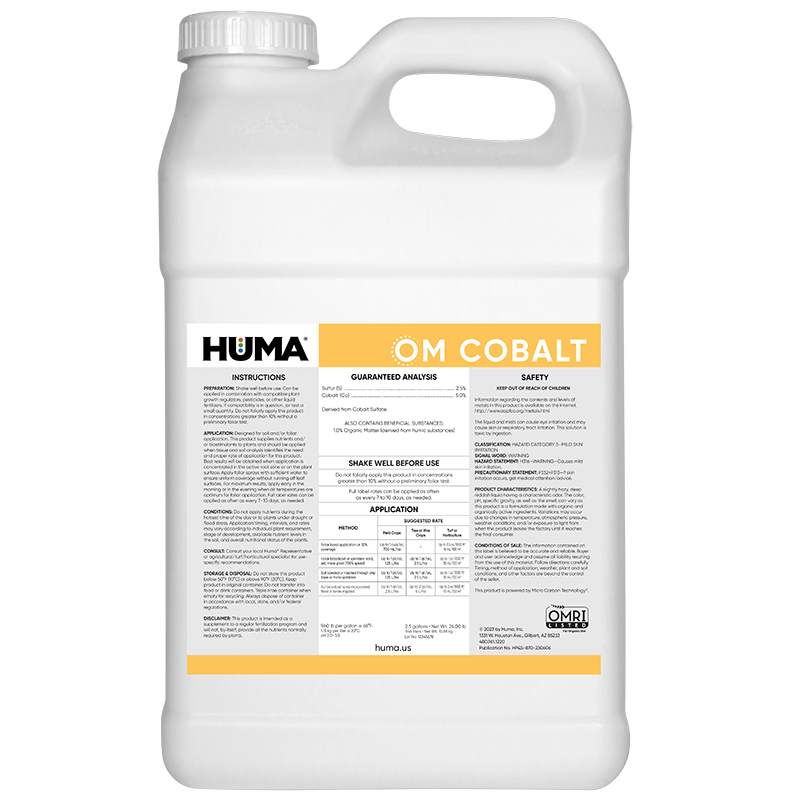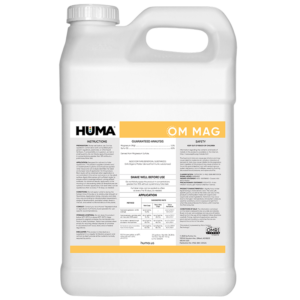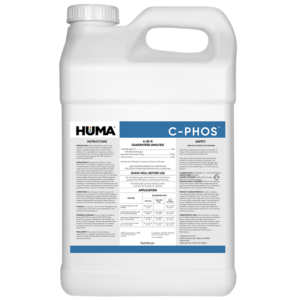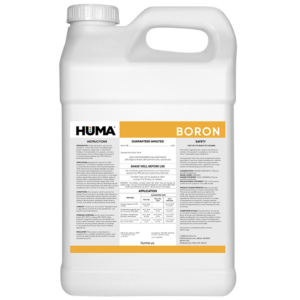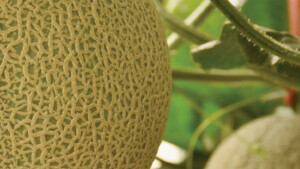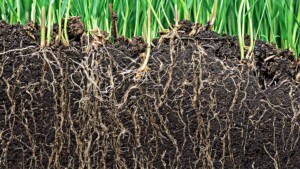OM Cobalt
Benefits of Use:
- Effectively treats cobalt deficiency symptoms
- Essential element for nodulation or nitrogen fixation in legumes
- Buffers excessive ethylene concentrations in plant tissue, preventing the production of abscisic acid and premature fruit drop
- May assist in overcoming stress caused by over-application of herbicides and pesticides
Deficiency Symptoms-When to Apply:
- Plant/soil is cobalt deficient
- Plant stress from weather or chemicals
- Limited nodule nitrogen-fixing bacteria in legumes
- Premature fruit drop of crop
FAQs
Related Products
Related Case Studies

Promax® Controls Nematodes for English Boxwood Ornamental Plants
Objective This two-year trial aimed to assess the suppression effects of Promax® and 2 types of beneficial nematode treatments (S. feltiae and S. riobrave) versus a control on plant-parasitic nematodes (Stunt, Lance, Ring, and Spiral) for English Boxwood (Buxus sempervirens L. var. suffruticosa) ornamental plants. Materials & Methods Each experimental unit consisted of 2 English...
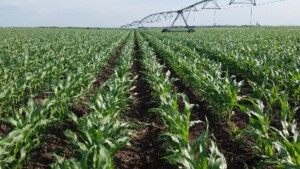
Huma® Organic Fertilizers Easy to Use, Improve Yield on Organic White Corn
Objective The objective of this field trial was for the grower to evaluate the ease of use and the effectiveness of 4 OMRI-Listed liquid Huma® organic crop nutrition products based on known field deficiencies. Materials & Methods The organic producer provided 2 80-acre plots of organic white corn in eastern Nebraska that was at the...
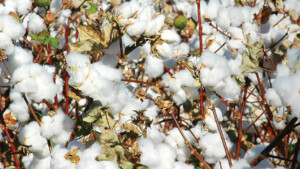
Huma Pro® Mix, pH-Stable Liquid Humic Acid Product, Increases Cotton Lint Yield
Conducted by: Bruce Kirksey, PhD, Agricenter International, Memphis, Tenn. Huma® Product: Huma Pro® Mix Background Scientific research shows that humic and fulvic acids are biostimulants—enhancing nutrient availability and uptake, improving plant root growth and mass, and impacting both crop yield and quality. Humic acid products are not all the same. They are marketed in solid...
Related Blog Posts

Latest Edition of the BHN Newsletter, The Solution, Is Available
We love to hear stories from the people who use our products, and a number of those stories are included in this issue of The Solution. We begin with a report from Holden Research and Consulting on how use of certain Huma Gro® products on strawberries led to an ROI of over $3,400/acre. Amazing! Equally...
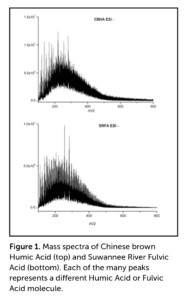
What Differentiates Humic and Fulvic Acids?
By Richard Lamar, PhDDirector of Humic ResearchBio Huma Netics, Inc. For centuries, humic acids (HA) were thought to be composed of much larger molecules than those found in fulvic acids (FA). However, the application of Fourier-transform ion cyclotron resonance mass spectrometry (FT-ICR MS), which separates molecules on the basis of molecular weight, demonstrates that the...

Video: BHN Company Values
In this 4-minute video, BHN President/CEO Lyndon Smith speaks with us about BHN’s Company Values—Integrity, Win-Win-Win, Proactive Innovation, Relentless Pursuit of Excellence—and their impact on how we conduct business, treat our customers, and benefit the world.

